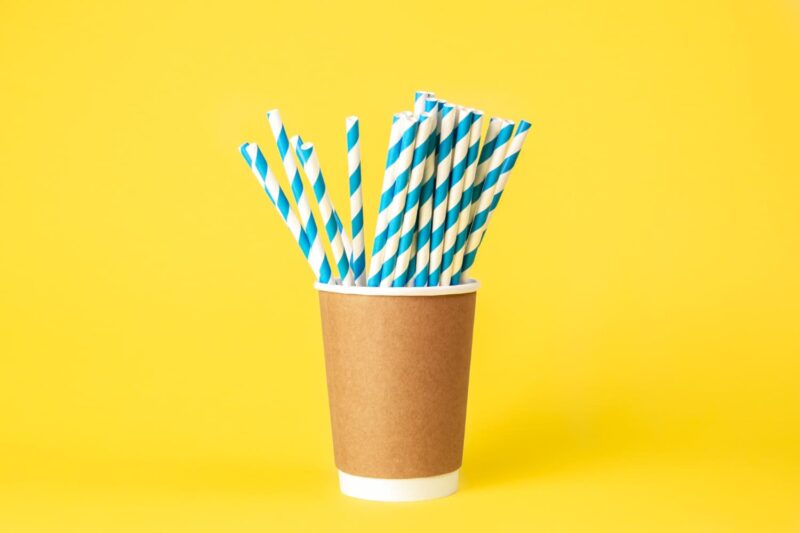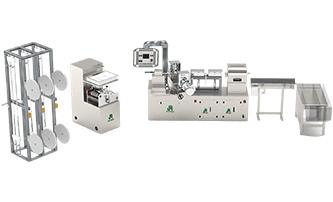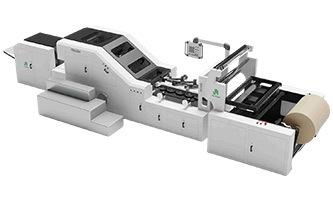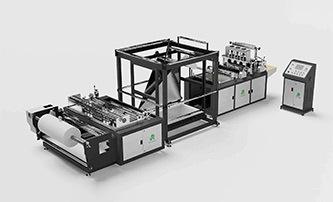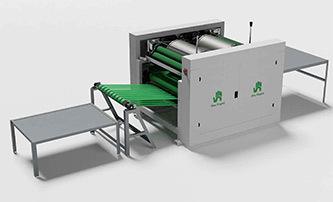Pros and Cons of plastic straws
Plastic straws, once praised for their convenience, are now criticized due to their environmental impact. Although they are useful, the fact that they remain in landfills and the ocean has made many look for more sustainable options. Let’s explore the pros and cons of plastic straws and discover eco-friendly options that are reshaping the way we sip our beverages.

What are plastic straws?
Plastic straws are single-use, cylindrical tubes made from materials like polypropylene or polyethylene. Widely used for consuming beverages, due to their lightweight, flexible, and inexpensive nature.
Pros of plastic straws
Convenience
Plastic straws are easy to carry because they’re light and can be individually wrapped. This makes them handy for putting in purses, backpacks, or pockets. It’s especially useful for people who might find it hard to drink without a straw due to disabilities or health conditions.
Hygiene
Plastic straws are single-use items, which can contribute to hygiene in certain situations. For example, in medical facilities or places where cleanliness is crucial, disposable plastic straws help ensure one-time use, reducing the risk of infection.
Affordability
Plastic straws are cheap to make, so businesses find them affordable. This is good for small businesses or those with limited money. It helps them to provide straws to customers without spending too much.
Accessibility
Plastic straws are easy to find all over the world. This makes them an easy option for businesses that need lots of straws for their customers. It’s quick and practical because you can get them easily and use them in large amounts.
Durability
Plastic straws are stronger than some other types, so they’re less likely to break when you use them. This means you can use them without worrying that they might snap or get damaged easily.
Cons of plastic straws
Environmental Pollution
Plastic straws contribute significantly to environmental pollution. Their lightweight design makes them easy to be carried away by the wind, often ending up in water bodies, parks, and other natural habitats. This contributes to the degradation of ecosystems and poses a threat to wildlife.
Non-Biodegradability
Unlike organic materials, plastic straws do not biodegrade easily. They can remain in the environment for hundreds of years, breaking down into smaller microplastic particles that are harmful to both the environment and living organisms.
Marine Impact
One of the main causes of marine pollution is plastic straws. Straws end up in the ocean, where they can seriously harm. Marine animals often mistake straws for food, leading to ingestion and causing harm to their digestive systems.

Landfill Accumulation
Due to their slow decomposition rate, plastic straws contribute to the ever-growing problem of landfill accumulation. Landfills are not only terrible but also pose risks to soil and water quality as plastic materials break down and release harmful substances.
Health Concerns
Plastic straws are often made from polypropylene, a material that can release potentially harmful chemicals, especially when exposed to heat. So, using plastic straws in hot drinks can be a bit tricky and might not be the healthiest choice for us.
Alternatives to plastic straws
Paper Straws
Paper straws have gained popularity as a biodegradable and compostable alternative to plastic. They’re strong, come in various designs, and break down faster when we throw them away. So, using paper straws is like a little change that helps keep our world cleaner and happier.
Metal Straws
Metal straws that you can use over and over are a great choice. They’re made of strong materials like stainless steel and last a long time. You can clean them easily, and they even come with handy cases. Plus, you can use them for all kinds of drinks!
Bamboo Straws
Bamboo straws are made from the fast-growing and renewable bamboo plant. They are biodegradable, reusable, and have a natural aesthetic appeal. Bamboo straws are suitable for both hot and cold drinks.
Glass Straws
Glass straws are a reusable alternative that is both elegant and practical. They are typically made from strong, durable glass and are dishwasher-safe.
Edible Straws
Edible straws made from materials like rice, wheat, or other edible grains provide a unique and sustainable option. These straws can be consumed after use, minimizing waste.
Silicone Straws
Silicone straws are flexible, durable, and heat-resistant. They are reusable and come in various shapes and sizes, making them suitable for different types of drinks.
Frequently Asked Questions
In conclusion, considering the pros and cons of plastic straws, it’s clear that we need to make a change. Plastic straws might be convenient, but their impact on the environment is significant. By choosing eco-friendly alternatives, such as paper, metal, bamboo, or glass straws, we can each contribute to a healthier planet.
Get Started with a Free Price Quote


